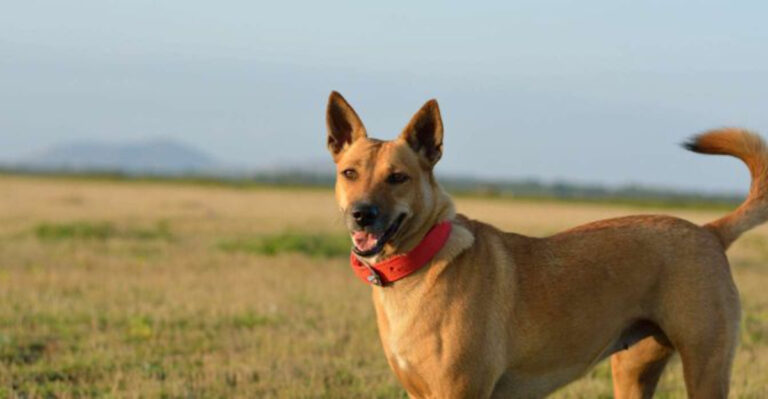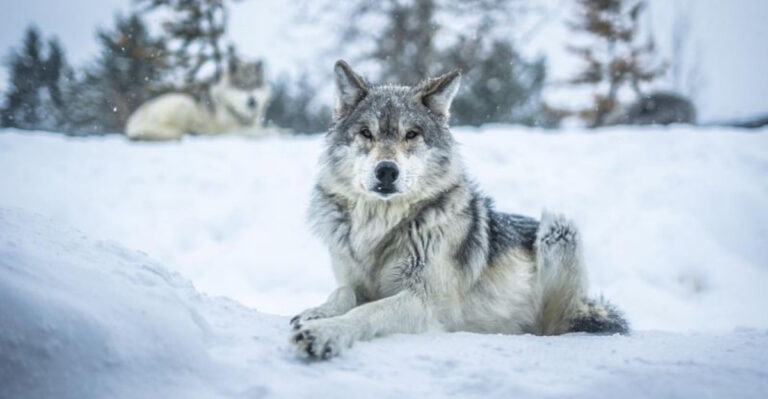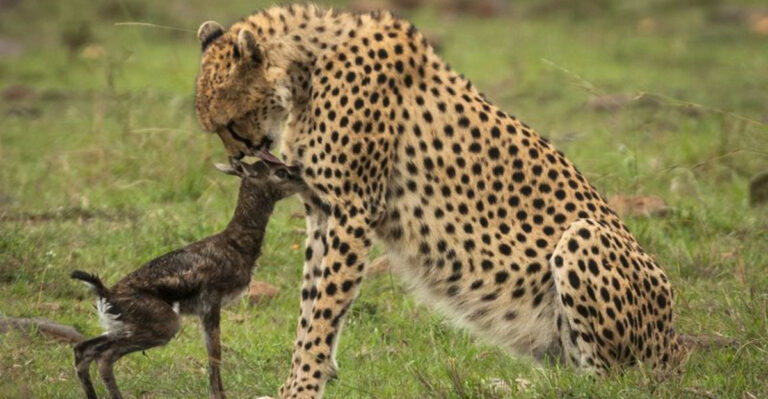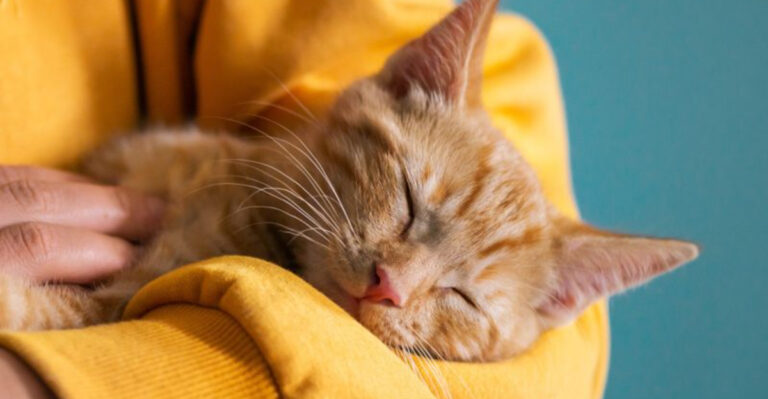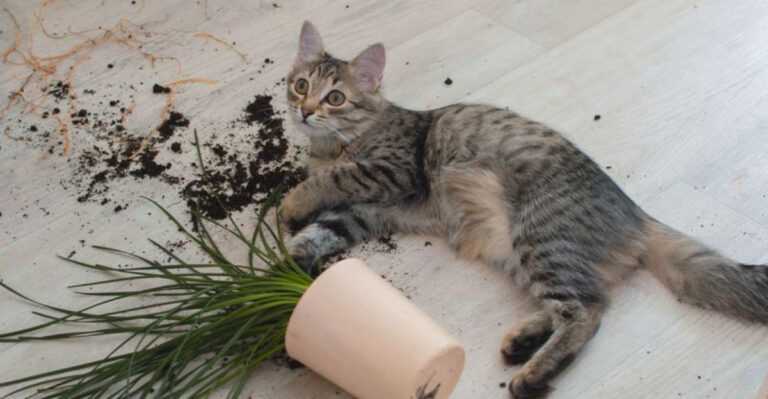15 Tips For Taking Care Of Wild Birds
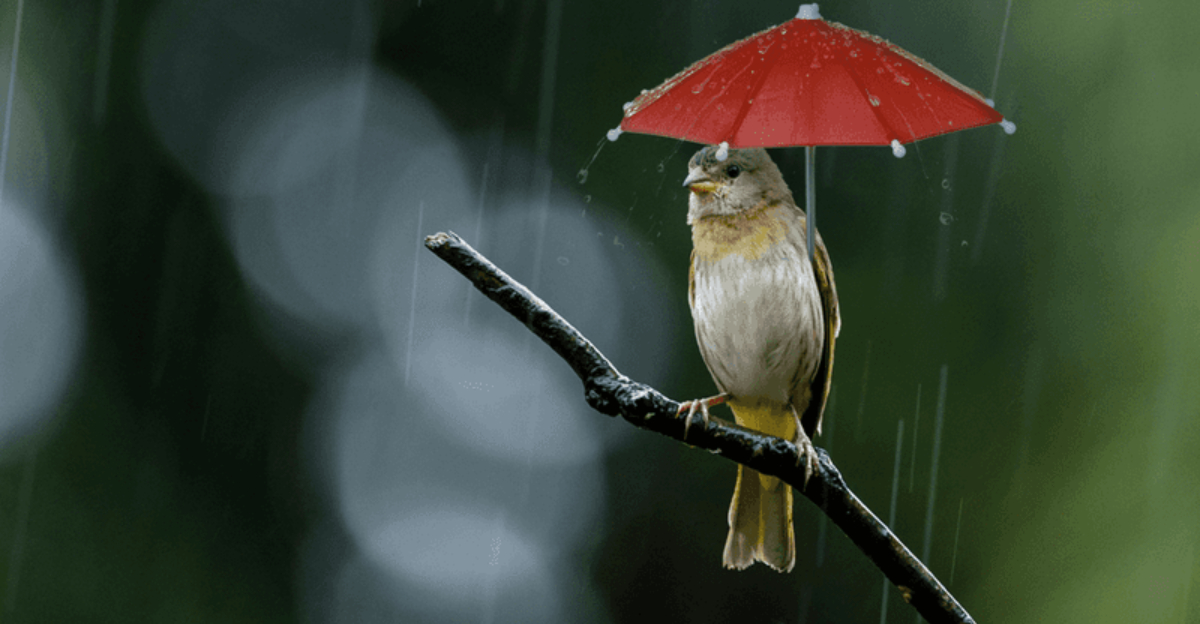
Birds bring joy, color, and song to our backyards and neighborhoods. Caring for wild birds isn’t just kind – it helps protect these beautiful creatures as they face challenges like habitat loss and climate change.
Whether you’re a bird-watching beginner or a seasoned enthusiast, these simple tips will help you create a bird-friendly environment right outside your window.
1. Provide Fresh Water Daily
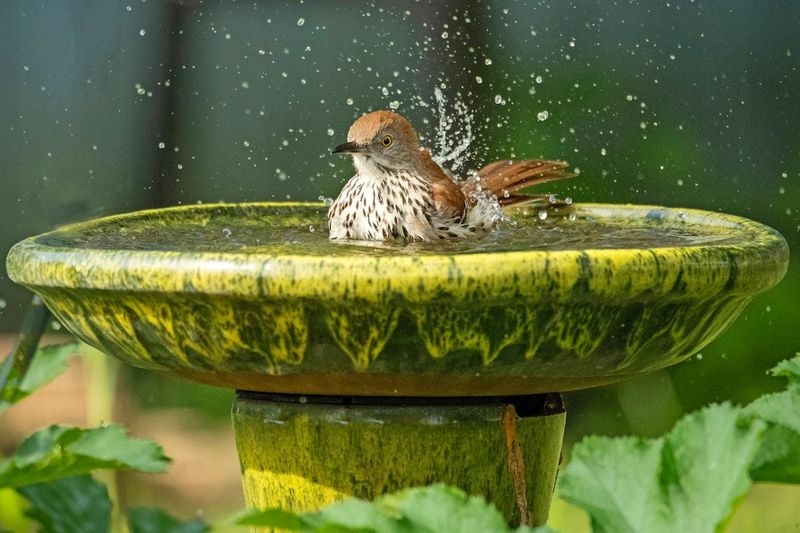
Birds need clean water for drinking and bathing, especially during hot summer months. A shallow birdbath with rough surfaces gives birds secure footing while they splash around.
Remember to change the water frequently to prevent mosquito breeding and bacterial growth. During winter, consider adding a heating element to keep the water from freezing.
2. Set Up Quality Bird Feeders
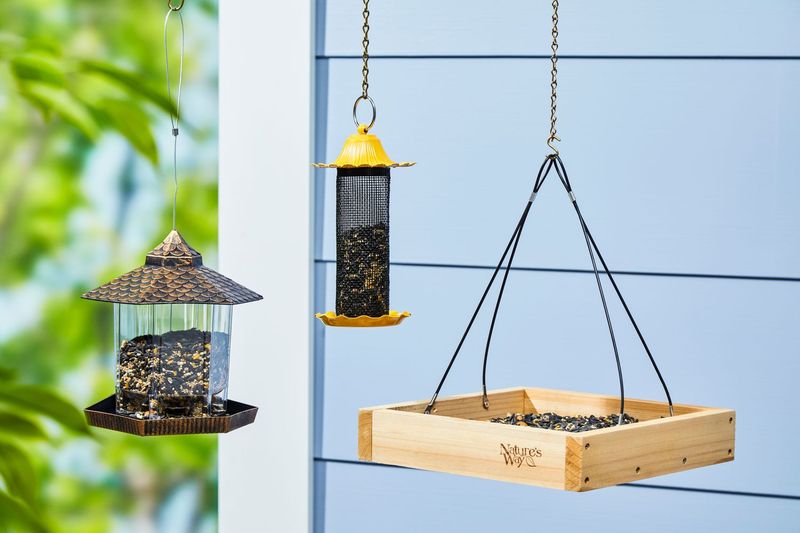
Not all bird feeders are created equal! Choose feeders appropriate for the birds in your region. Tube feeders work well for finches, while platform feeders attract cardinals and jays.
Position feeders near shrubs or trees (but not too close) to provide quick escape routes from predators. Clean feeders regularly with a mild bleach solution to prevent disease spread.
3. Offer Nutritious Seed Varieties
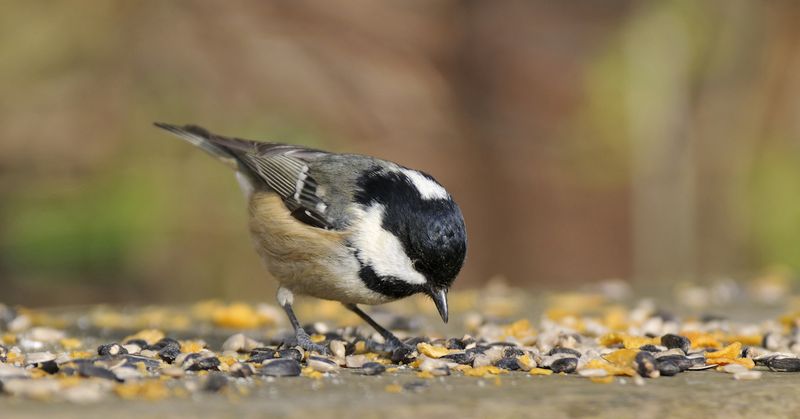
Black oil sunflower seeds attract the widest variety of birds and provide excellent nutrition. Nyjer seeds are perfect for finches, while safflower seeds appeal to cardinals but deter squirrels.
Avoid cheap seed mixes filled with millet and milo that most birds ignore. For woodpeckers, chickadees, and nuthatches, high-energy suet cakes provide essential fat, especially beneficial during cold months.
4. Plant Native Bird-Friendly Trees
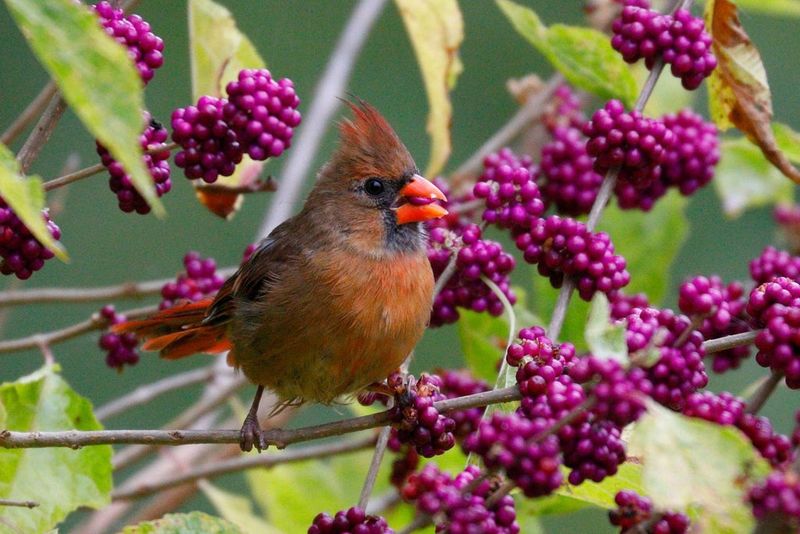
Native trees and shrubs provide natural food sources like berries, seeds, and nectar. They also attract insects that birds feed to their young during nesting season.
Oak trees support hundreds of caterpillar species that birds love. Serviceberry, dogwood, and elderberry shrubs produce berries birds eagerly devour. Native plantings require less maintenance and water once established, making them eco-friendly additions to your yard.
5. Create Nesting Opportunities
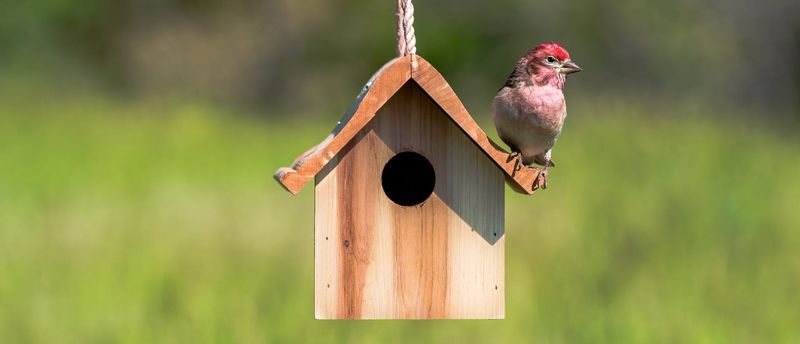
Many bird species face housing shortages due to habitat loss. Installing birdhouses designed for specific species can help address this problem. Chickadees prefer houses with 1⅛-inch openings, while bluebirds need 1½-inch holes.
Mount houses on poles with predator guards rather than trees. Leave some brush piles and dead tree limbs (if safe) for birds that prefer natural nesting sites. Clean out birdhouses each fall after nesting season ends.
6. Minimize Window Collisions
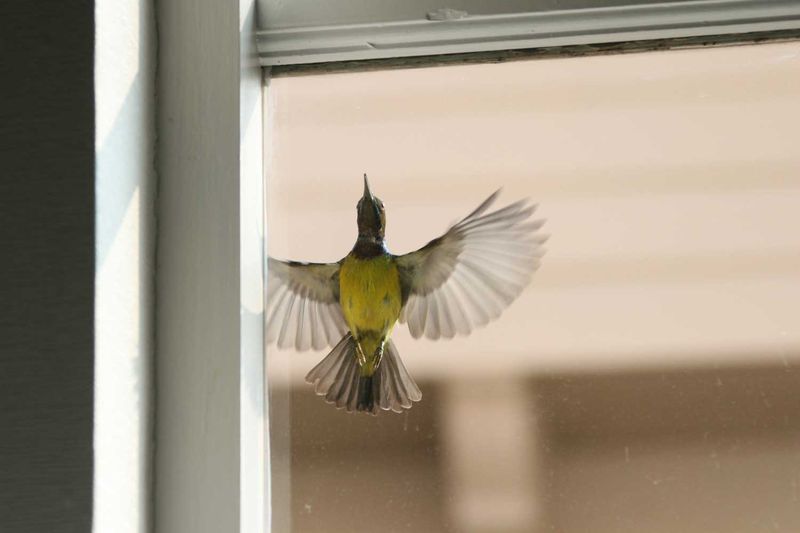
Window strikes kill millions of birds annually. Apply window decals or hanging strings spaced no more than 4 inches apart to break up reflections that confuse birds.
Consider installing screens or netting on problem windows. Another option is placing feeders either within 3 feet of windows (too close for birds to gain dangerous momentum) or more than 30 feet away (allowing birds to recognize windows as barriers).
7. Keep Cats Indoors
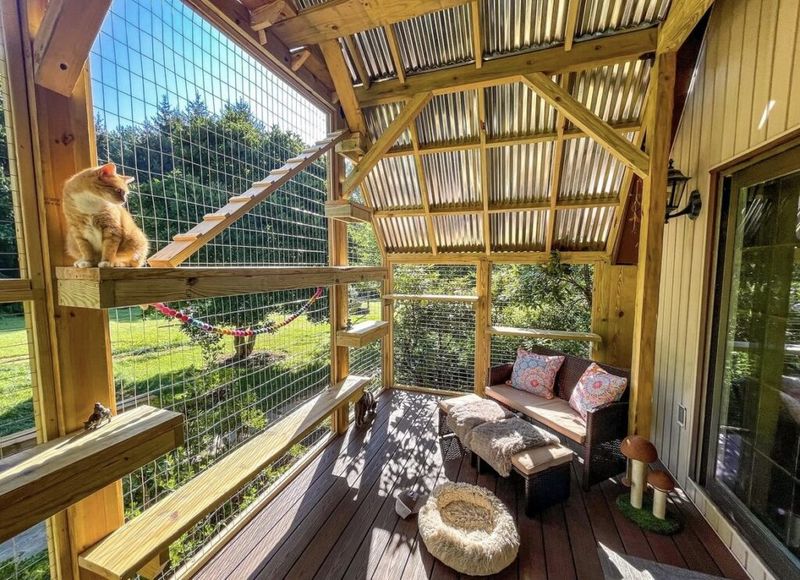
Outdoor cats kill billions of birds annually in the United States alone. Even well-fed cats hunt by instinct, not hunger. If your feline friend craves outdoor time, consider a secure catio or train them to walk on a leash.
For community cats, bell collars help alert birds to their presence, though this isn’t foolproof. Placing bird feeders away from shrubs where cats might hide helps reduce ambush opportunities.
8. Avoid Pesticides And Herbicides
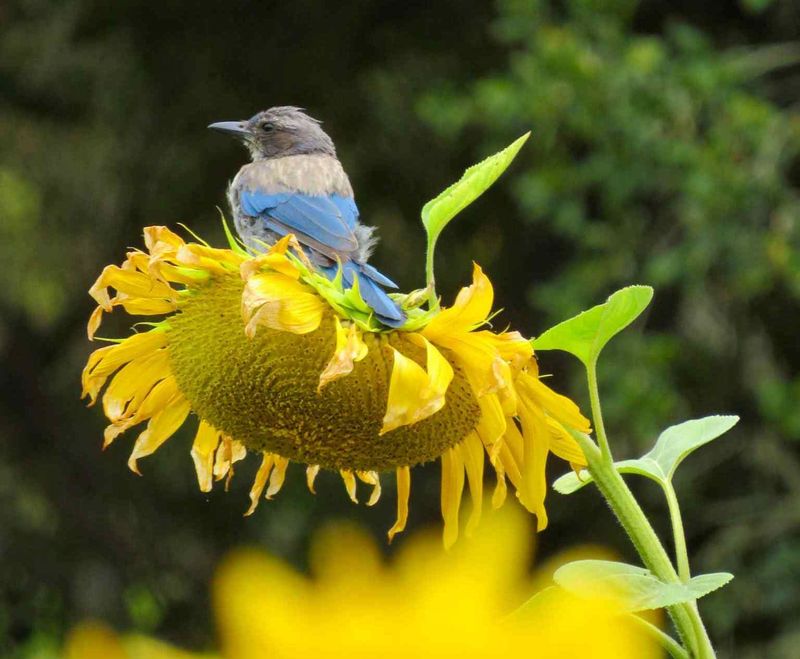
Chemical lawn treatments harm birds directly and eliminate insect food sources they need. Birds consuming poisoned insects can suffer neurological damage or death. Even weed killers reduce seed-producing plants birds depend on.
Switch to organic gardening methods like companion planting and physical barriers for pest control. Accept some insect activity as part of a healthy ecosystem. Remember that many birds consume thousands of insects daily, providing natural pest control.
9. Maintain Bird Feeding Stations
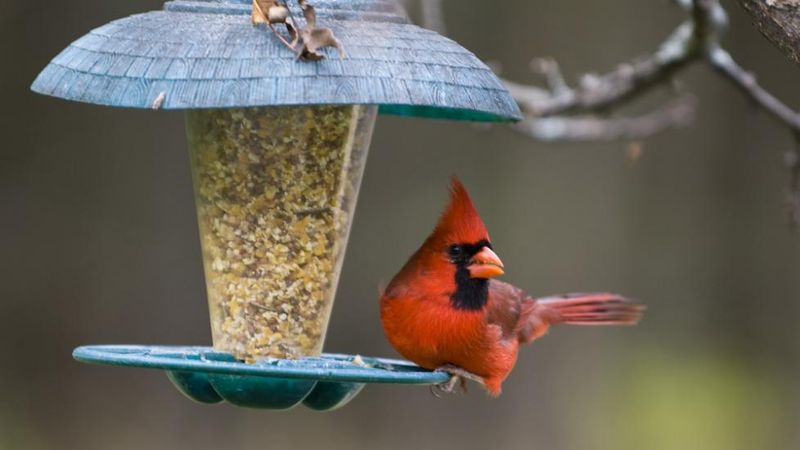
Spilled seed beneath feeders can attract rodents and spread disease. Use trays under feeders to catch fallen seeds, and regularly rake the area. Moldy or wet seed can cause respiratory infections in birds.
Wash feeders with a 10% bleach solution monthly (more often during wet periods). Allow feeders to dry completely before refilling. Rotate feeder locations periodically to prevent soil contamination from droppings and hulls.
10. Provide Shelter From Elements
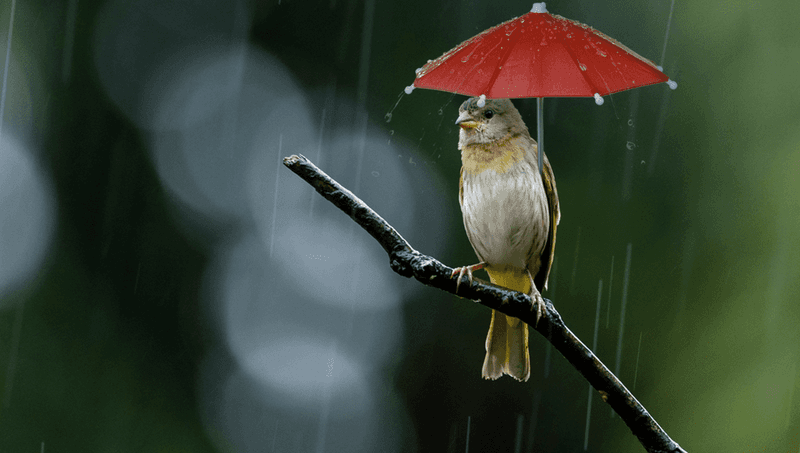
Birds need protection from harsh weather and predators. Dense evergreen shrubs like junipers and spruces offer excellent winter shelter and summer nesting sites. Brush piles created from fallen branches give ground-feeding birds quick escape routes.
Leave seed heads on flowers like coneflowers and black-eyed Susans for natural food sources that double as shelter. Consider installing roosting boxes – specialized houses with perches inside where multiple birds can huddle together during cold nights.
11. Supply Nesting Materials
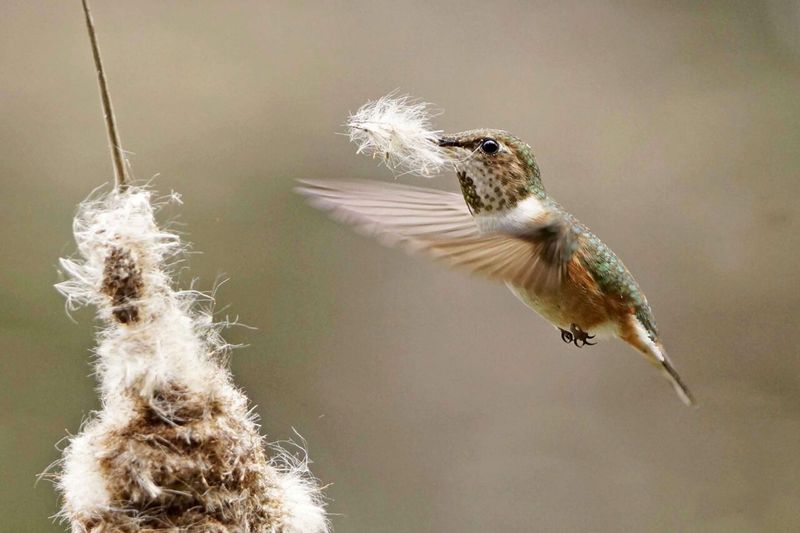
Help birds build cozy nests by providing suitable materials. Fill mesh suet cages with short pieces of yarn, dog fur, or small strips of cotton. Avoid using dryer lint, which can absorb water and chill nestlings.
Leave small piles of twigs, pine needles, and dried grass clippings in your yard. Some birds appreciate mud for nest building – creating a small mud puddle in spring can help swallows and robins construct their homes.
12. Create Dust Bathing Spots
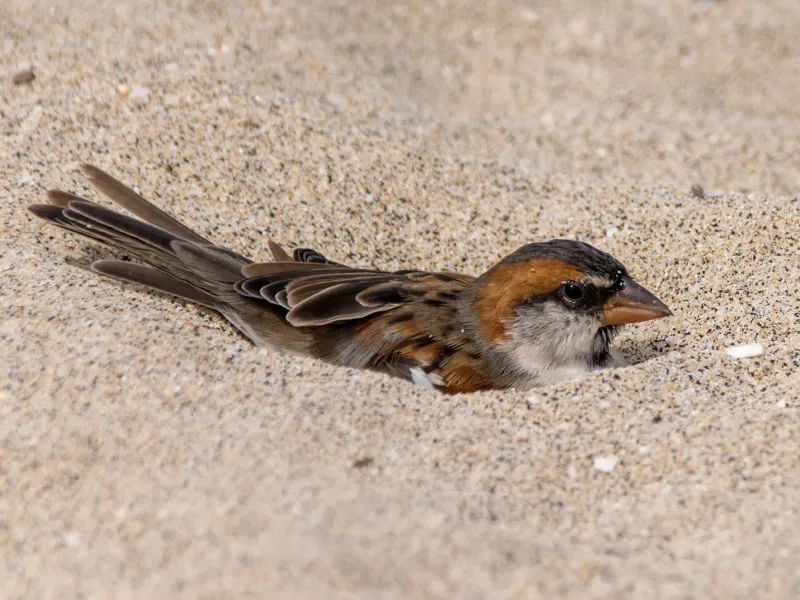
Many birds control parasites through dust bathing. They fluff dirt through their feathers to remove oils and discourage mites. Creating a small area of bare, loose soil in a sunny spot invites birds to enjoy this natural grooming behavior.
Mix in some fine sand or wood ash to improve the dust quality. Position dust bathing areas where you can observe the entertaining spectacle of birds fluffing, rolling, and shaking in their dust baths.
13. Know When To Help Injured Birds
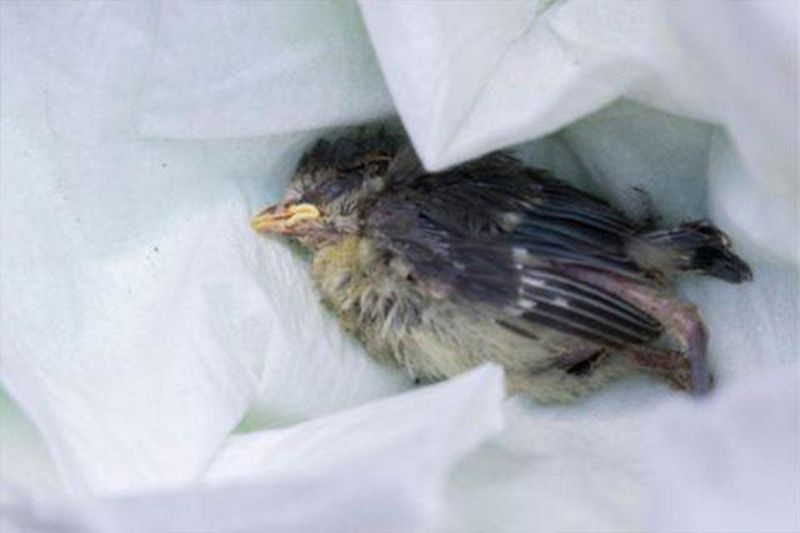
Finding an injured bird requires careful assessment. Fledglings on the ground with short tail feathers are usually learning to fly with parents nearby – they rarely need rescue. True orphans or injured birds should be placed in a covered box with air holes and kept quiet.
Contact a licensed wildlife rehabilitator immediately for guidance. Never attempt to feed or medicate wild birds without professional advice. Keep the contact information for local wildlife rescues handy.
14. Participate In Citizen Science
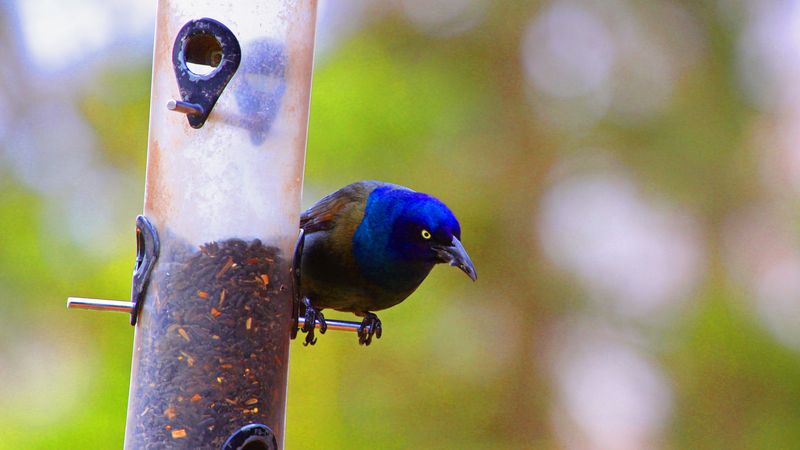
Your bird observations can contribute to important scientific research. Projects like FeederWatch, the Great Backyard Bird Count, and eBird allow everyday people to submit valuable data about bird populations and behaviors.
These programs help scientists track migration patterns, population changes, and the effects of climate change. Many offer free identification resources to improve your bird recognition skills. Your consistent observations from your own backyard can make a real difference in bird conservation.
15. Maintain Year-Round Feeding
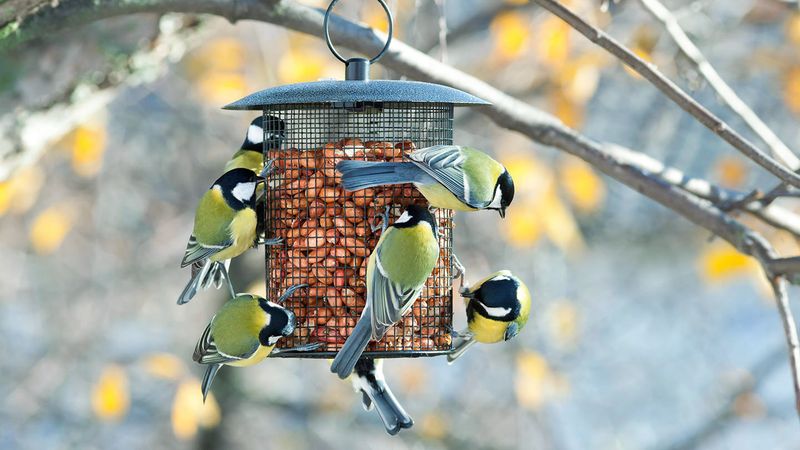
Birds come to rely on consistent food sources, especially during challenging seasons. Once you start feeding birds, try to maintain supplies through winter when natural foods are scarce. Summer feeding helps parents sustain growing nestlings.
Adjust your offerings seasonally – high-fat foods like suet in winter, protein-rich mealworms in spring for nestlings. If you must stop feeding temporarily, taper off gradually rather than suddenly removing all food sources.

